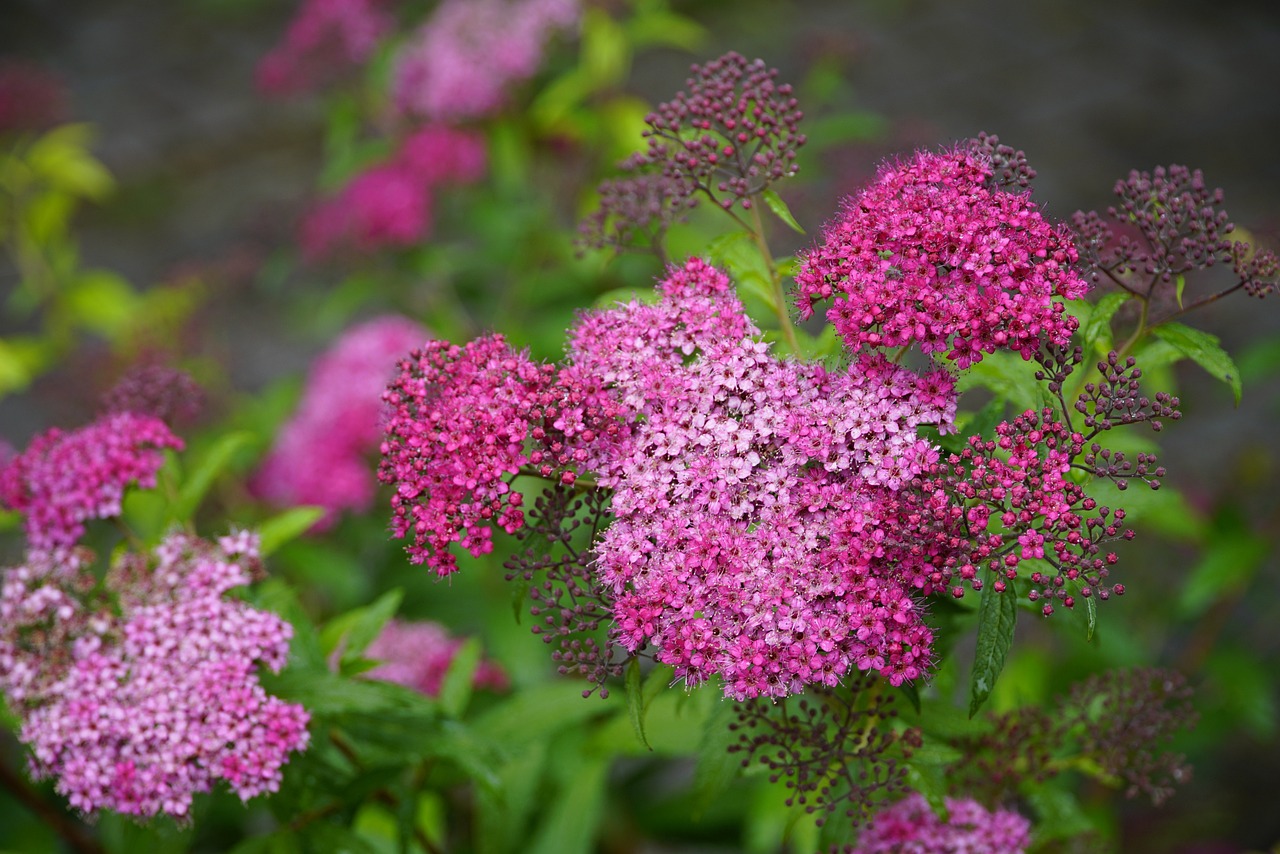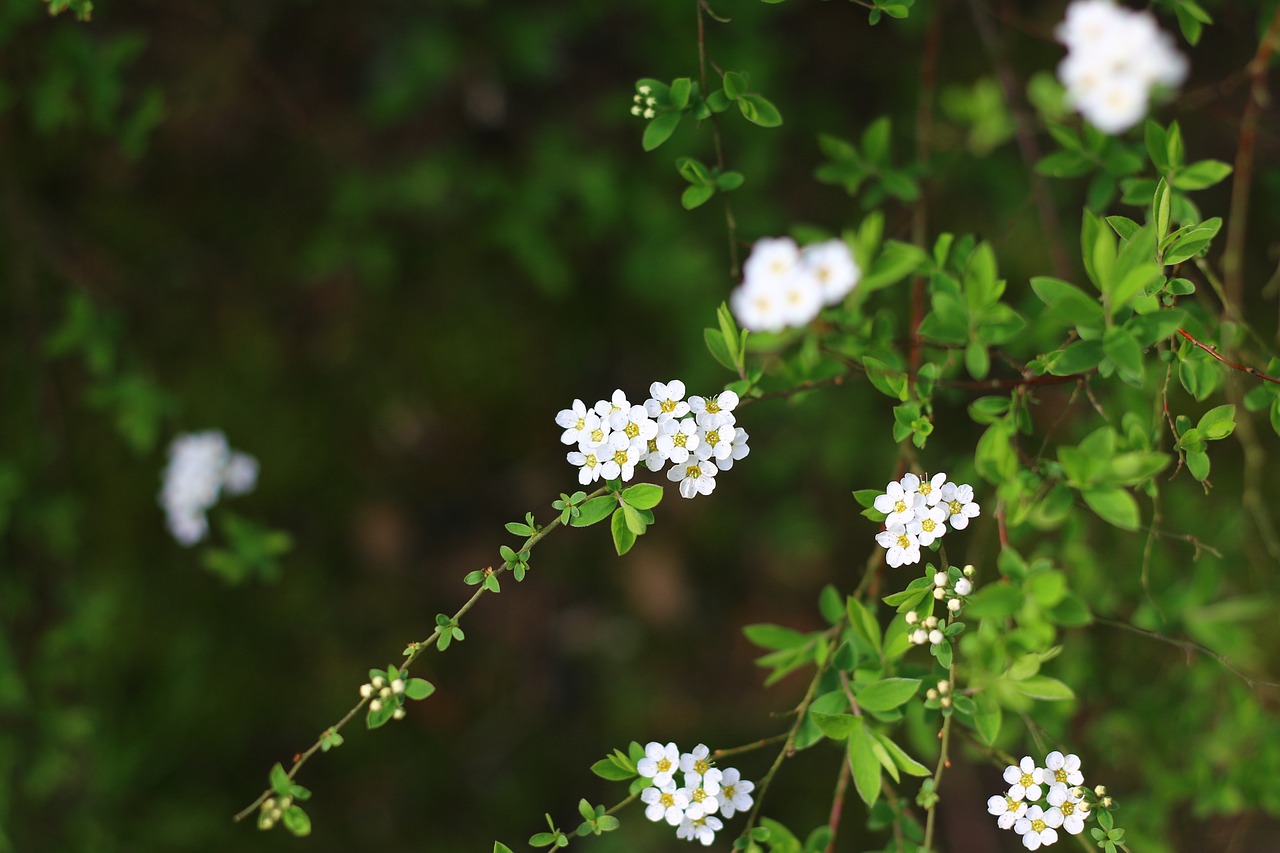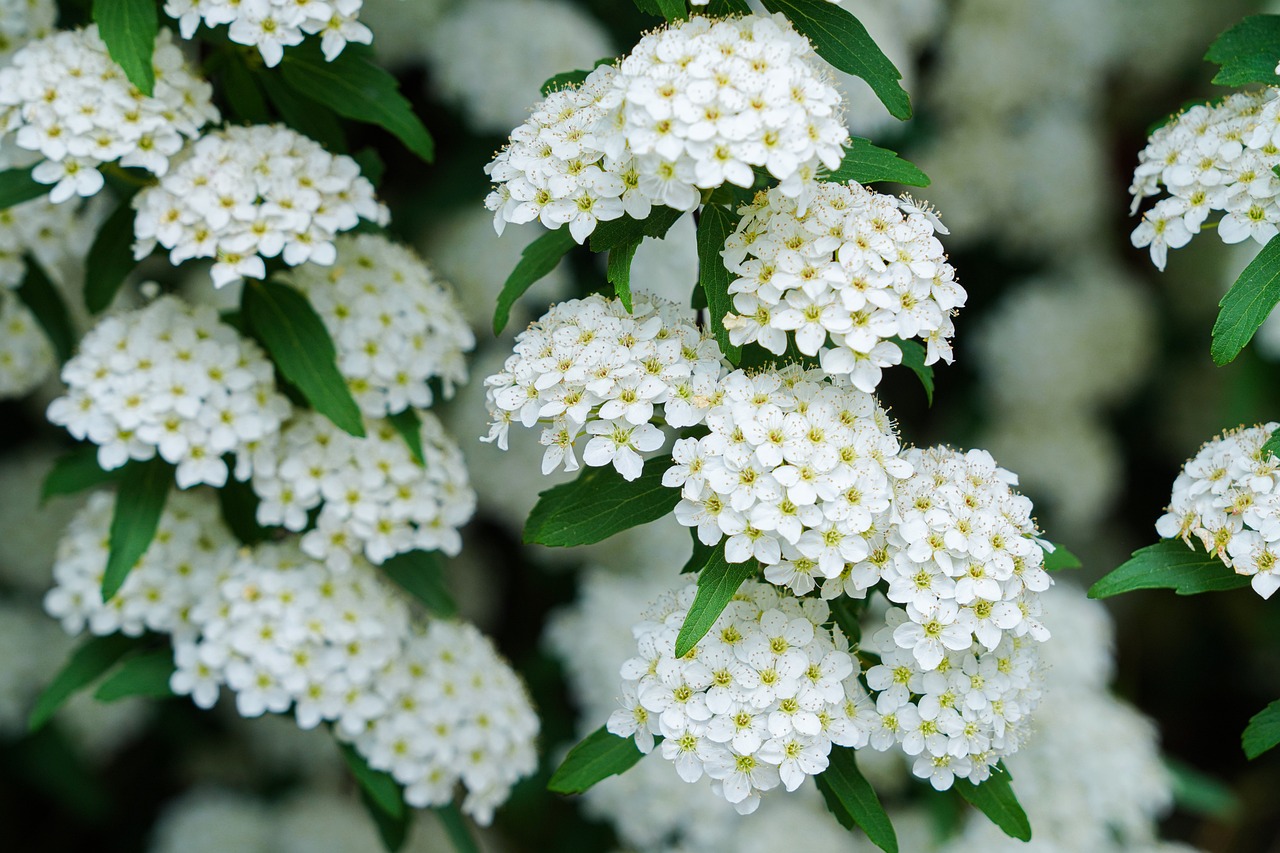“`html
Discovering the Charm of Spirea: A Comprehensive Guide
Spirea, often hailed as the queen of the flowering shrubs, is a remarkable plant that adds a touch of elegance to any garden. With its lush foliage and stunning blooms, it’s easy to see why spirea is a favorite among gardeners. In this blog post, we’ll explore the fascinating world of spirea, covering its habitat, characteristics, symbolic meanings, and tips on how to cultivate it successfully. Whether you’re a seasoned gardener or a beginner, this guide will provide the insights you need to enjoy the beauty of spirea.
Understanding Spirea: Habitat, Characteristics, and Symbolism
Natural Habitat
Spirea plants are native to the temperate regions of the Northern Hemisphere, particularly in North America, Europe, and Asia. They thrive in a variety of environments, from woodlands to open plains, which makes them versatile and adaptable to different garden settings. These deciduous shrubs prefer sunny locations but can also tolerate partial shade, making them ideal for diverse landscapes.
Characteristics of Spirea
Spirea is renowned for its hardiness and ease of maintenance. The plant typically grows to a height of 1 to 8 feet, depending on the species and variety. It boasts a graceful, arching habit with branches that are often covered in clusters of small, vibrant flowers. The flowers, ranging in color from white and pink to red, bloom profusely in spring or summer, creating a spectacular visual display.
Symbolic Meanings
In the language of flowers, spirea symbolizes victory, triumph, and success. Its abundant blossoms are seen as a sign of celebration and achievement, making it a popular choice for festive occasions and floral arrangements. By planting spirea in your garden, you not only enhance its aesthetic appeal but also invite positive energy and symbolism into your home.

How to Cultivate Spirea Successfully
Choosing the Right Location
When selecting a site for your spirea, ensure it receives plenty of sunlight. Although spirea can tolerate some shade, full sun exposure will promote the best flowering. The soil should be well-drained and enriched with organic matter to support healthy growth. Consider planting spirea along borders, pathways, or as a focal point in your garden.
Planting and Spacing
Plant spirea in early spring or fall to allow the roots to establish before the extreme temperatures of summer or winter. Dig a hole twice as wide and just as deep as the root ball, and space the plants appropriately to accommodate their mature size. Proper spacing ensures good air circulation and reduces the risk of disease.
Watering and Fertilizing
Spirea requires regular watering, especially during dry spells, to keep the soil consistently moist. However, be careful not to overwater, as soggy soil can lead to root rot. Fertilize your spirea in early spring with a balanced, slow-release fertilizer to encourage robust growth and abundant flowering.

Pruning and Maintenance
To maintain the shape and health of your spirea, prune it after the flowering period. Remove spent blooms and any dead or damaged branches to stimulate new growth. Pruning also helps to prevent the shrub from becoming too leggy and encourages a more compact form.
Additional Tips for Spirea Enthusiasts
Dealing with Pests and Diseases
Spirea is relatively pest-resistant, but it can occasionally fall victim to aphids or spider mites. Regularly inspect your plants and use insecticidal soap or neem oil to treat infestations. Ensure proper air circulation and avoid overhead watering to reduce the risk of fungal diseases.
Propagating Spirea
If you wish to propagate your spirea, consider taking softwood cuttings in late spring or early summer. Root the cuttings in a well-draining potting mix and keep them in a warm, humid environment until they establish roots. This method allows you to expand your spirea collection and share it with fellow gardening enthusiasts.
Conclusion
Spirea is a delightful addition to any garden, offering beauty and symbolism that enrich your outdoor space. By understanding its habitat, characteristics, and care requirements, you can successfully cultivate spirea and enjoy its charming presence year after year. Whether you’re drawn to its vibrant flowers or its symbolic meanings, spirea is sure to become a cherished part of your garden landscape.
For more gardening tips and advice, you can visit our gardening tips section. To explore more about the diverse species of spirea, consider checking out resources like the Royal Horticultural Society.
“`
